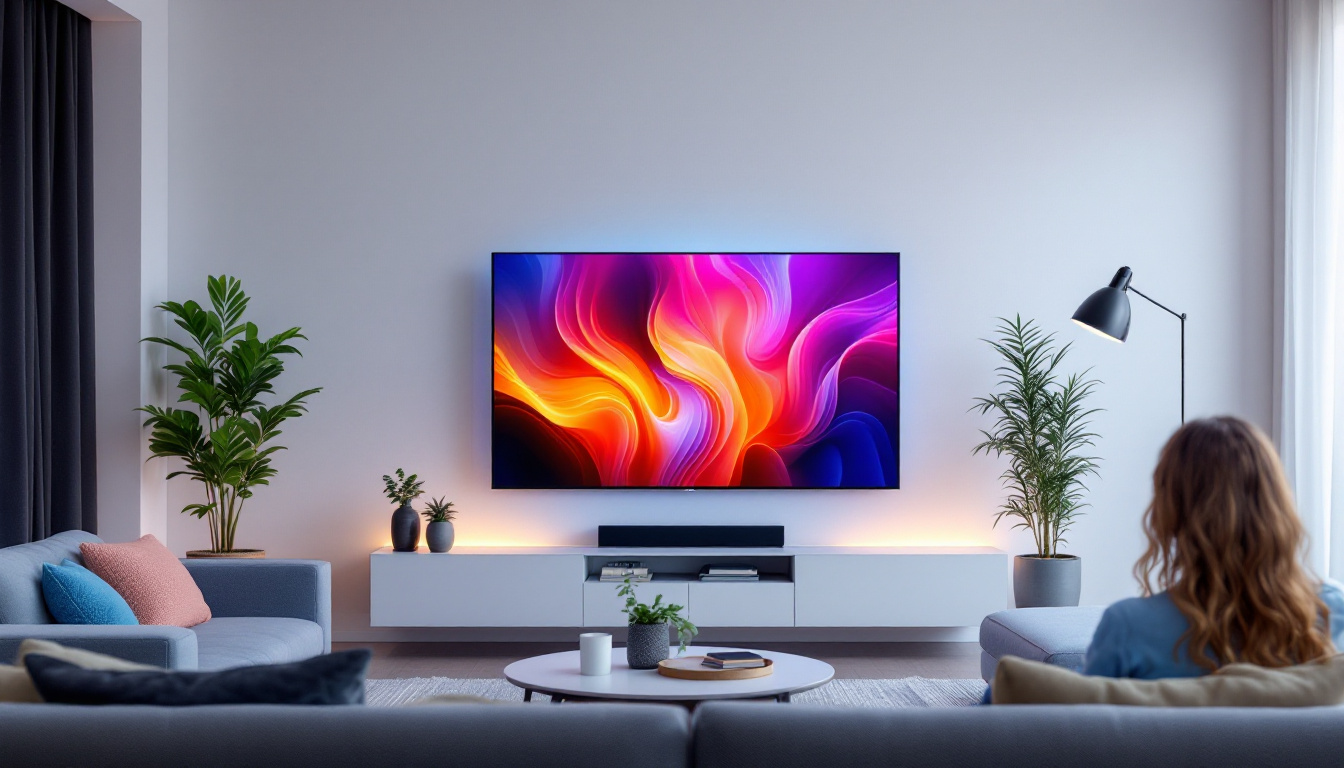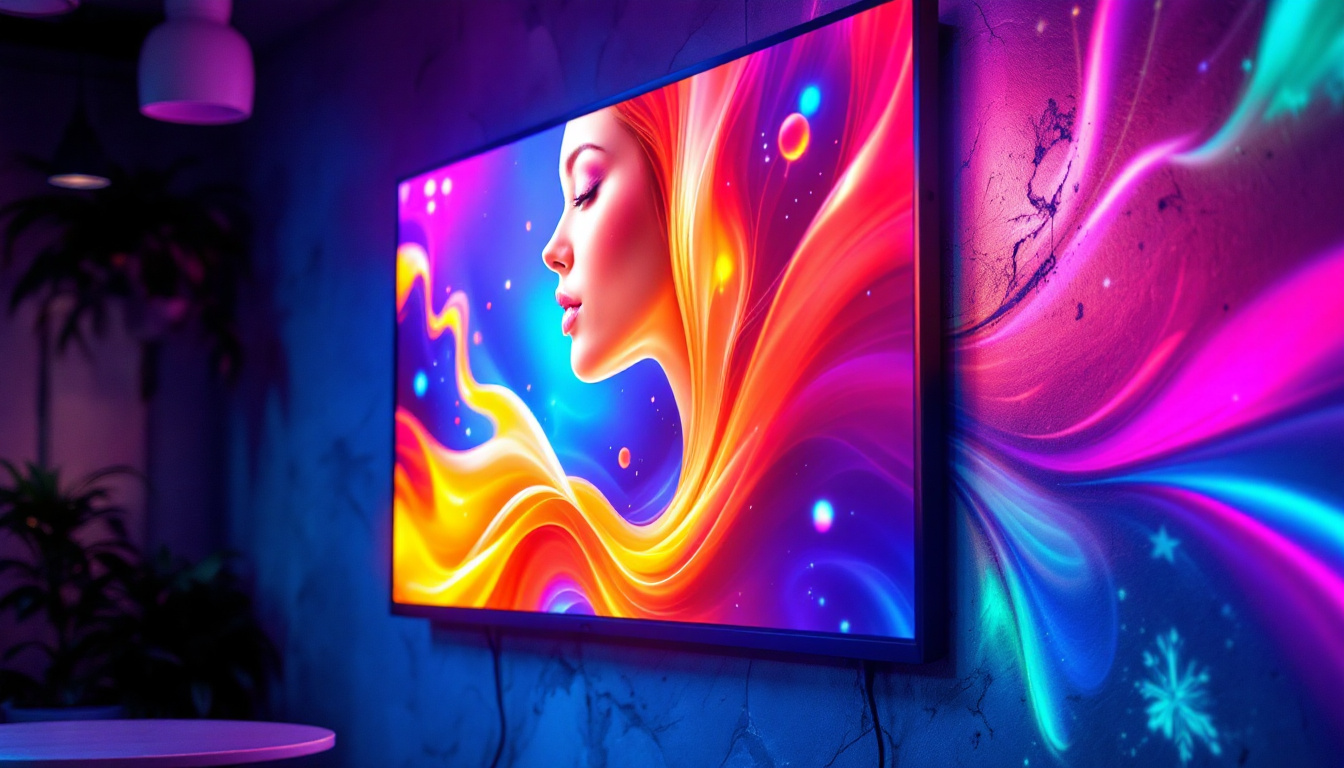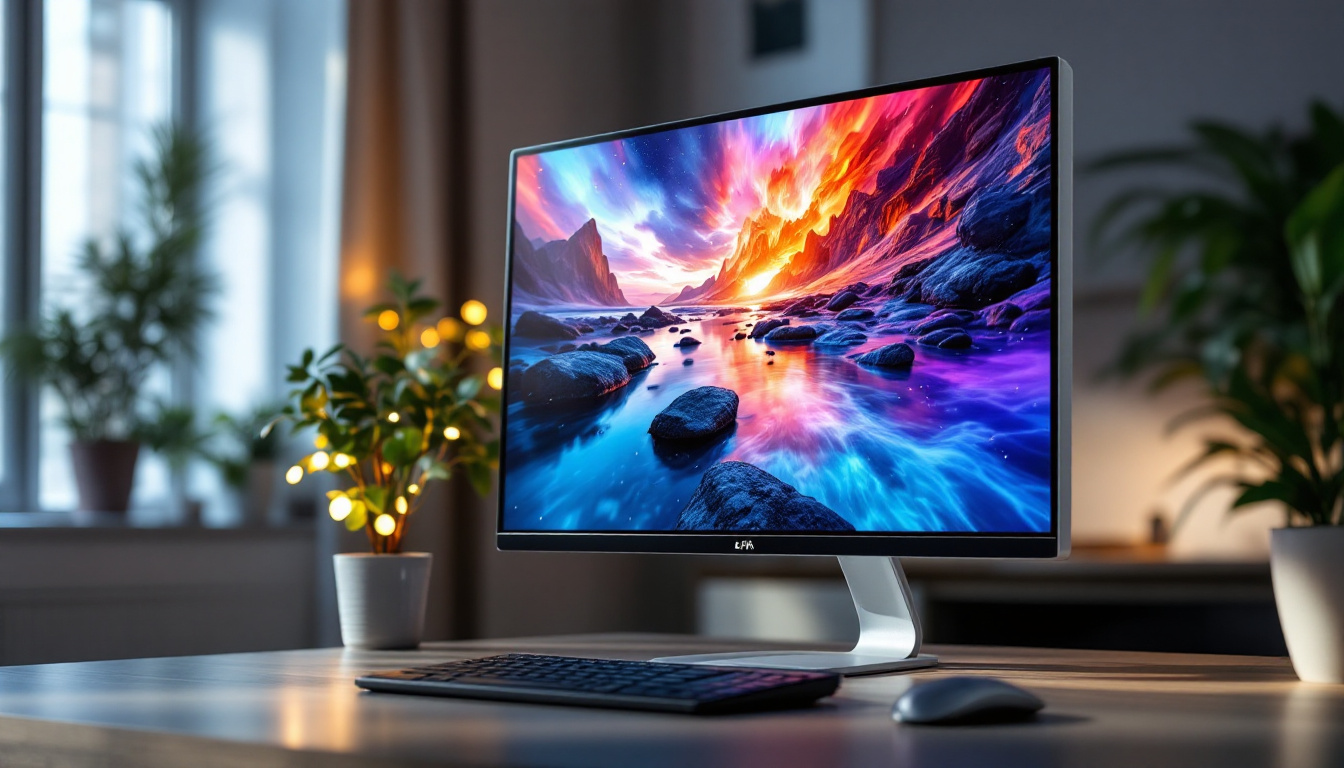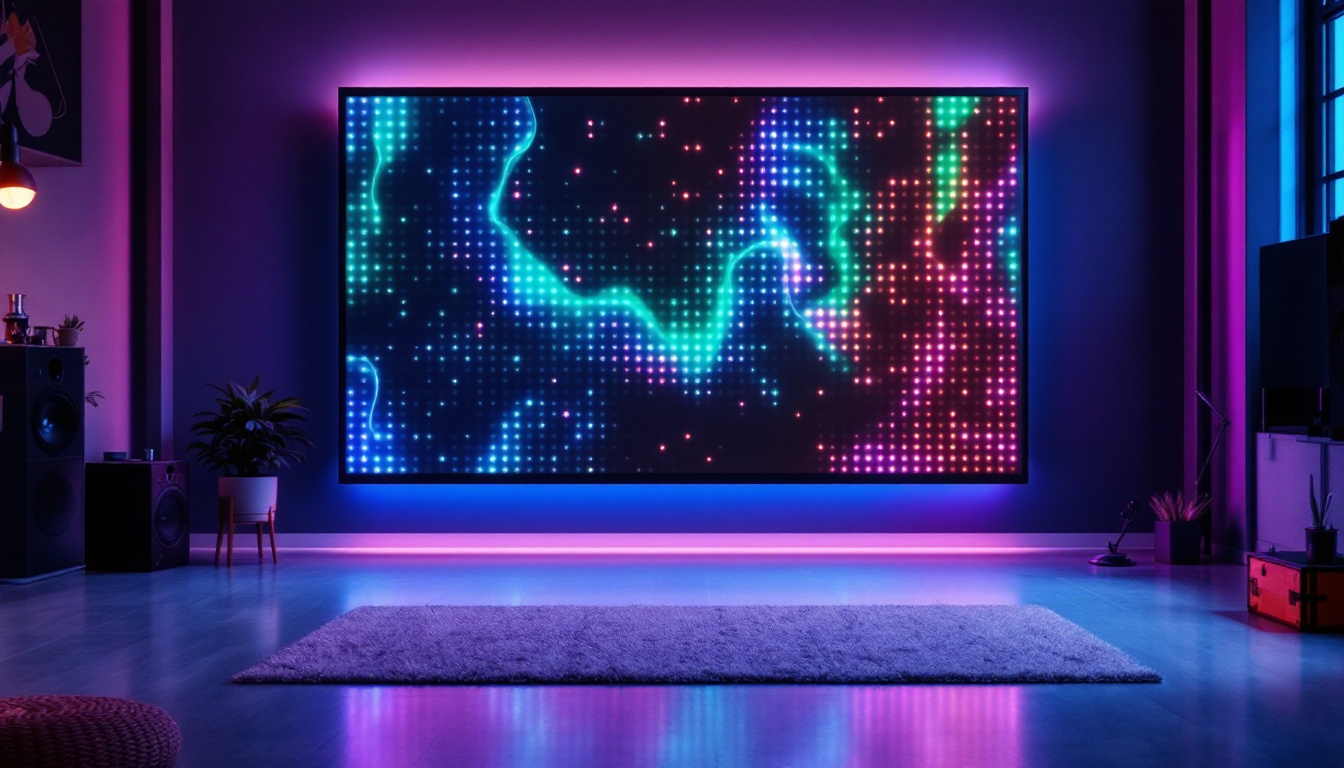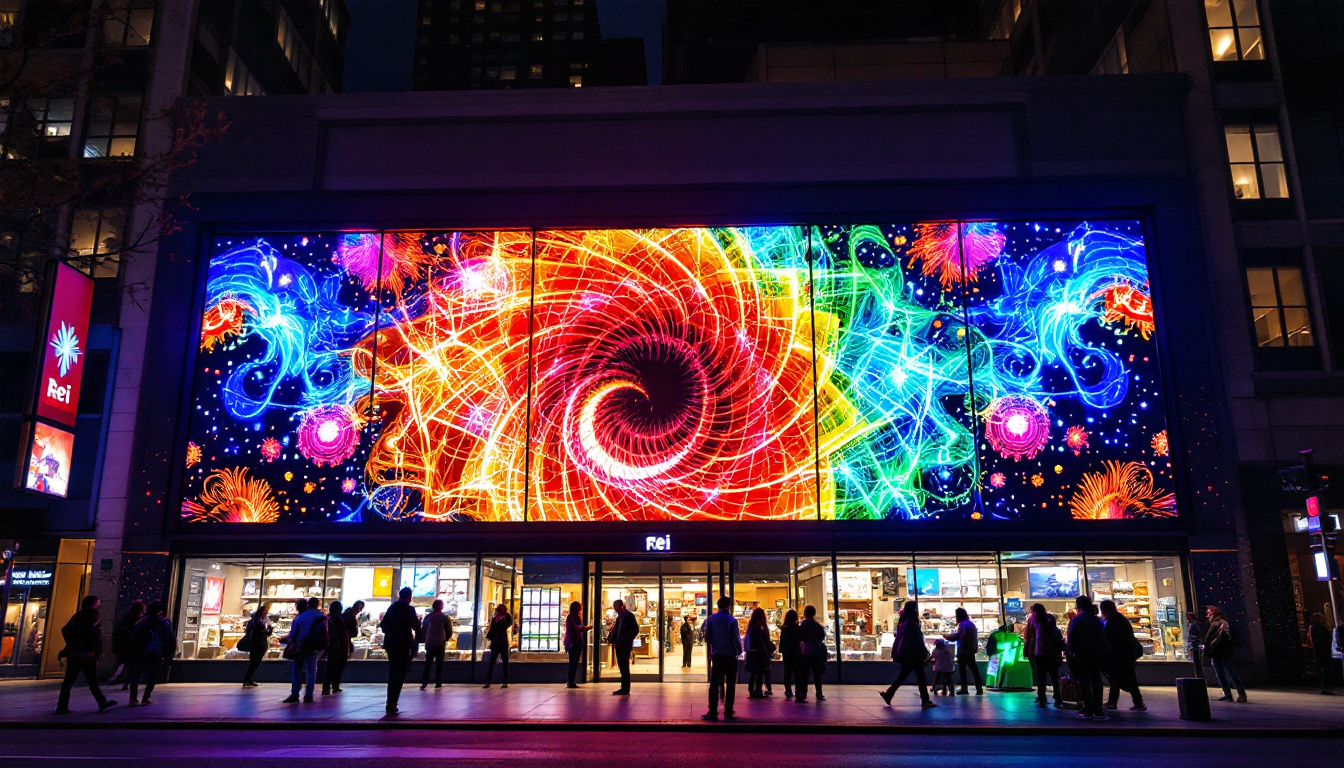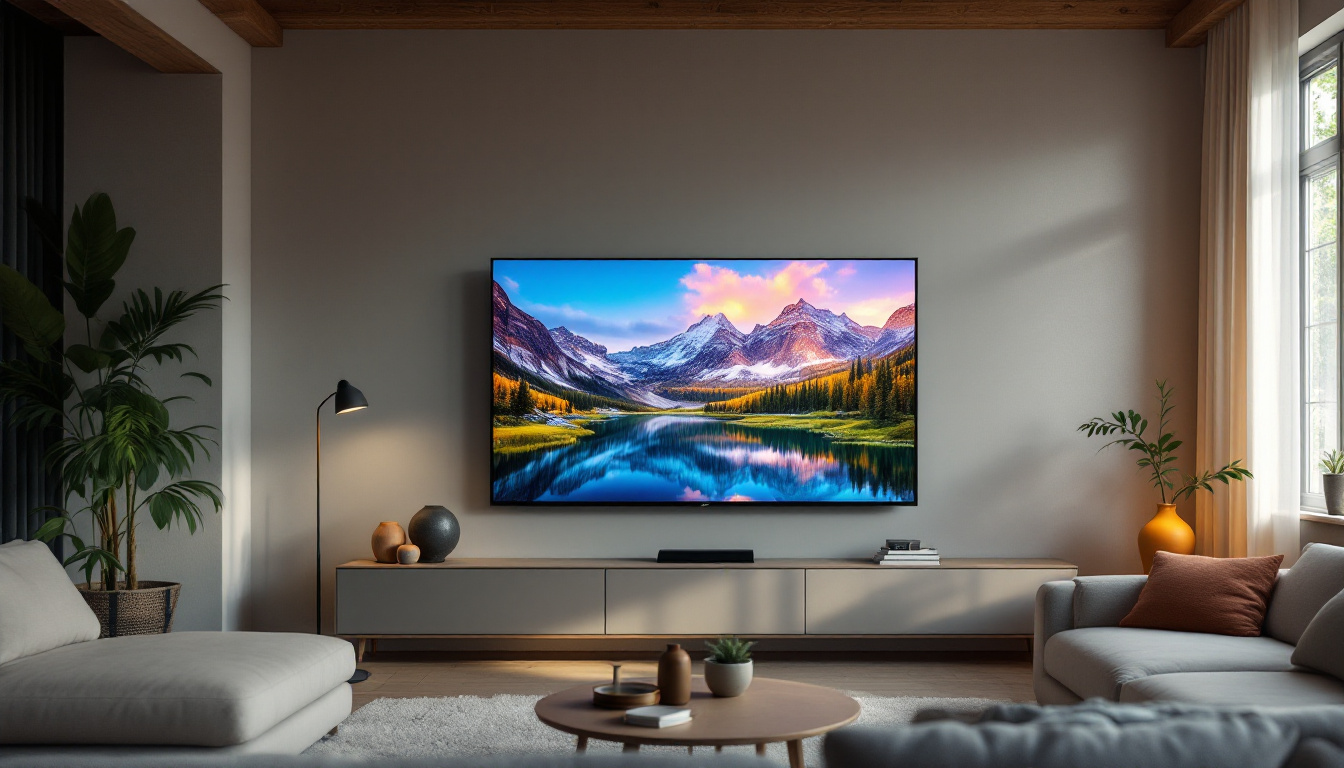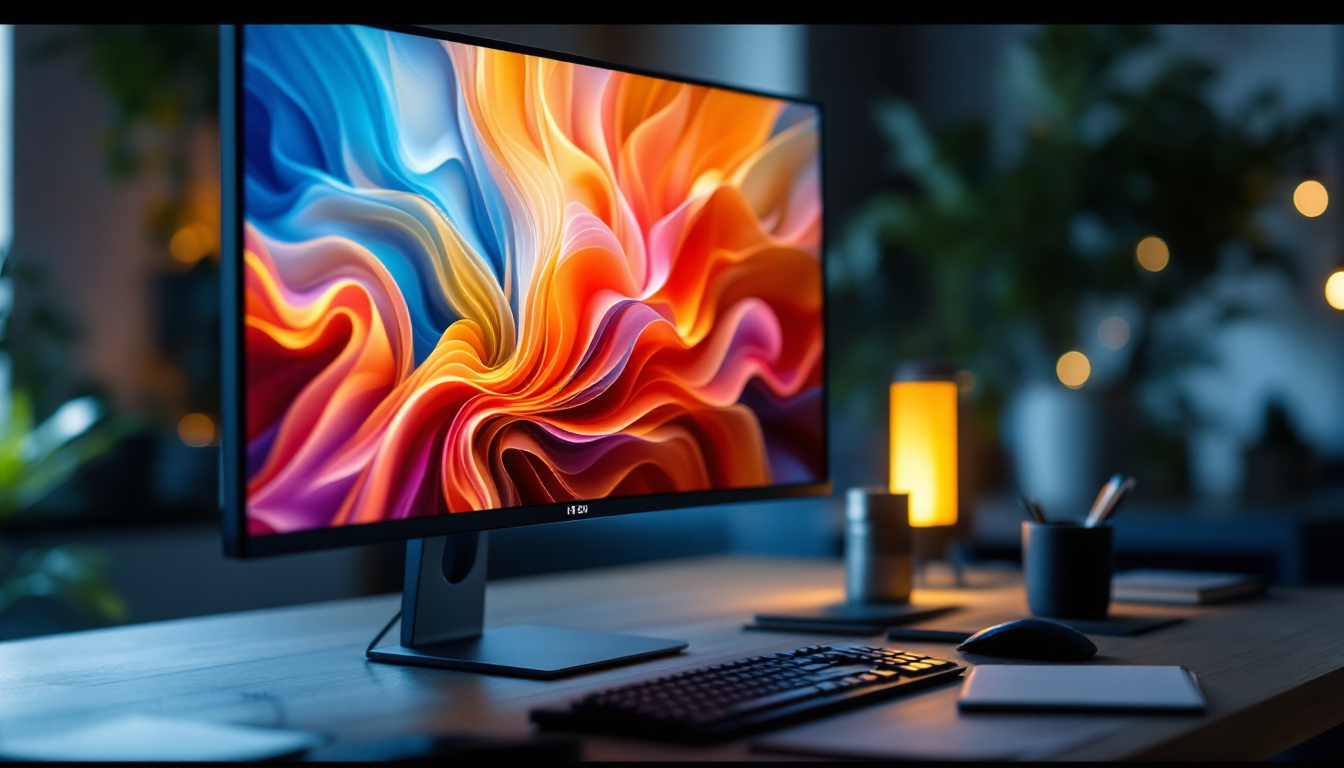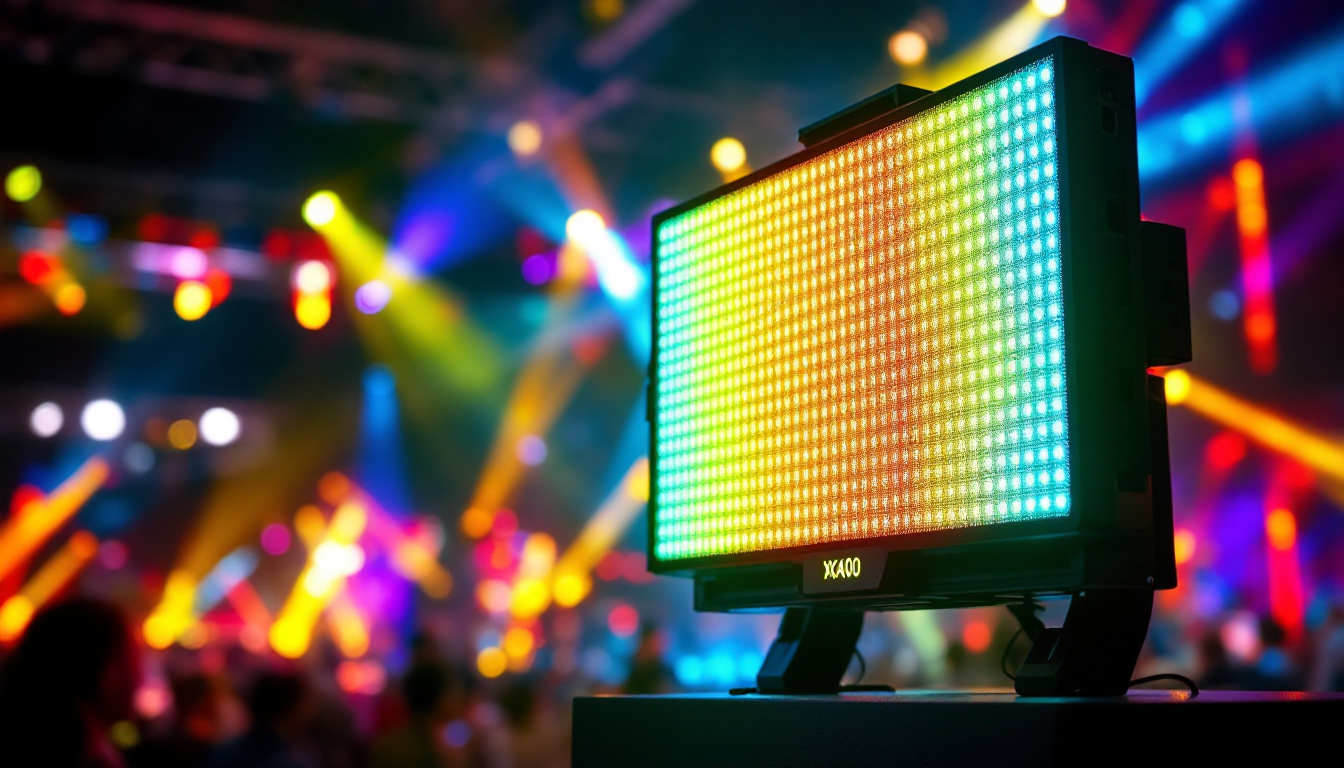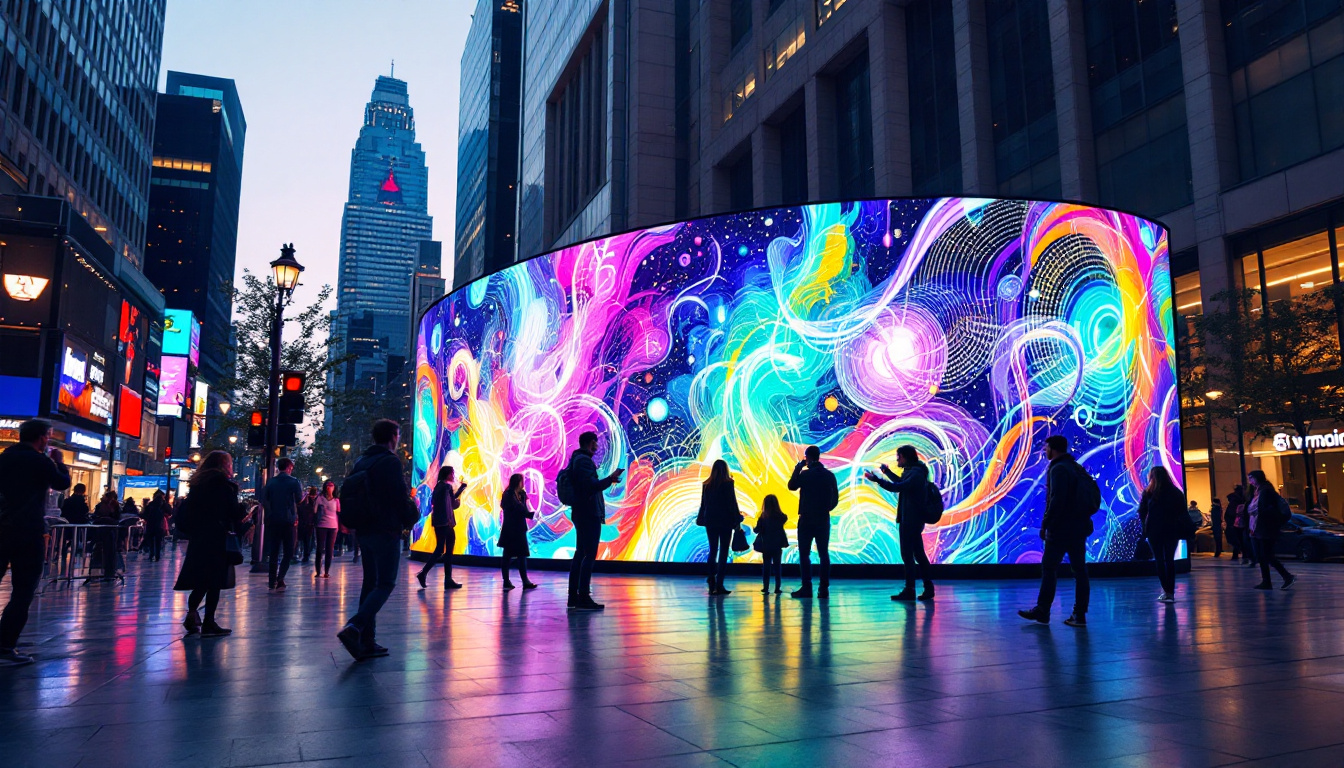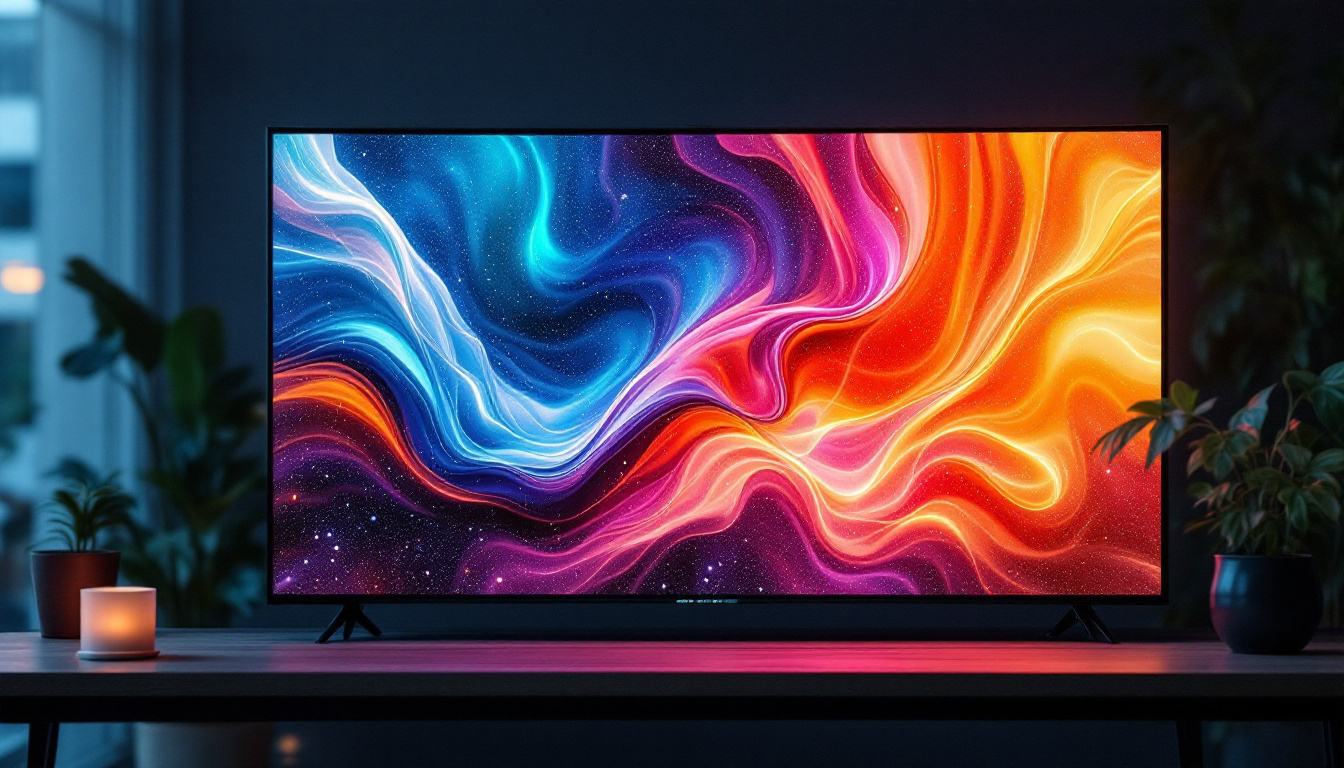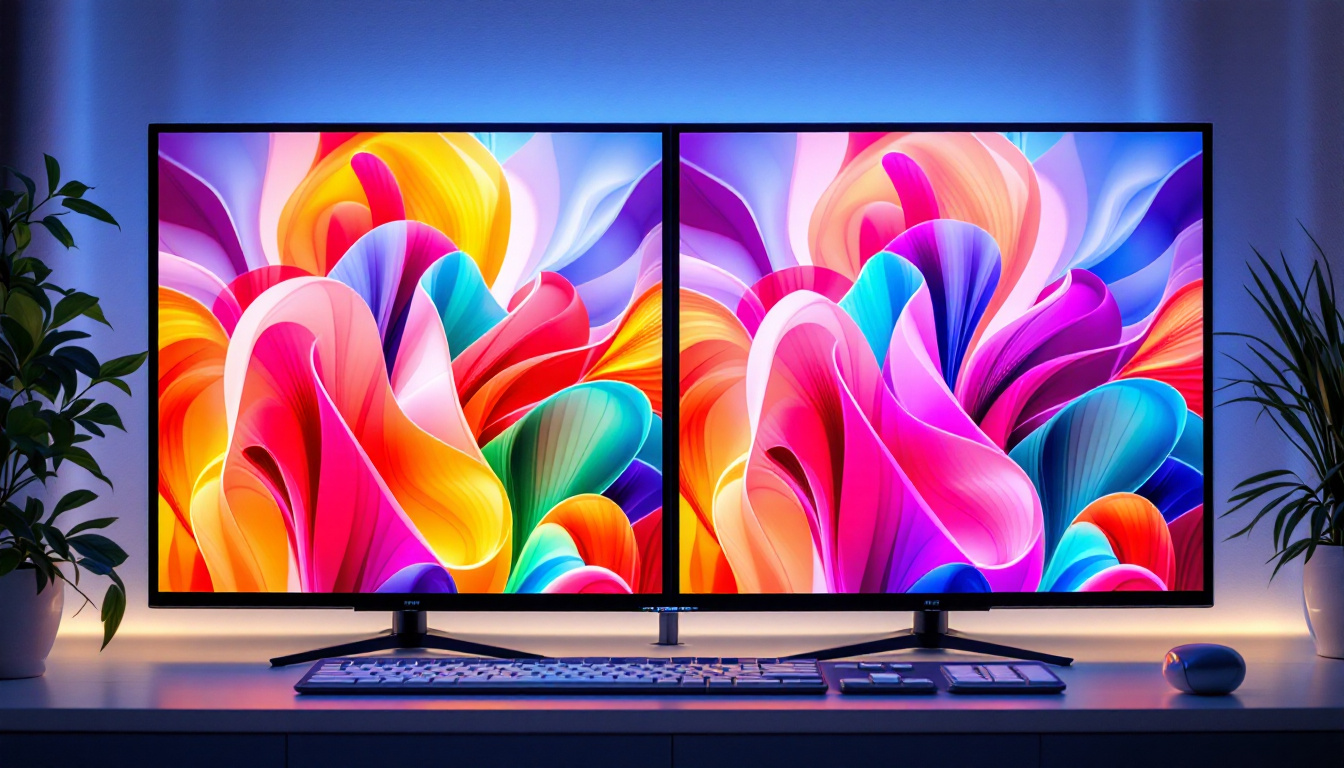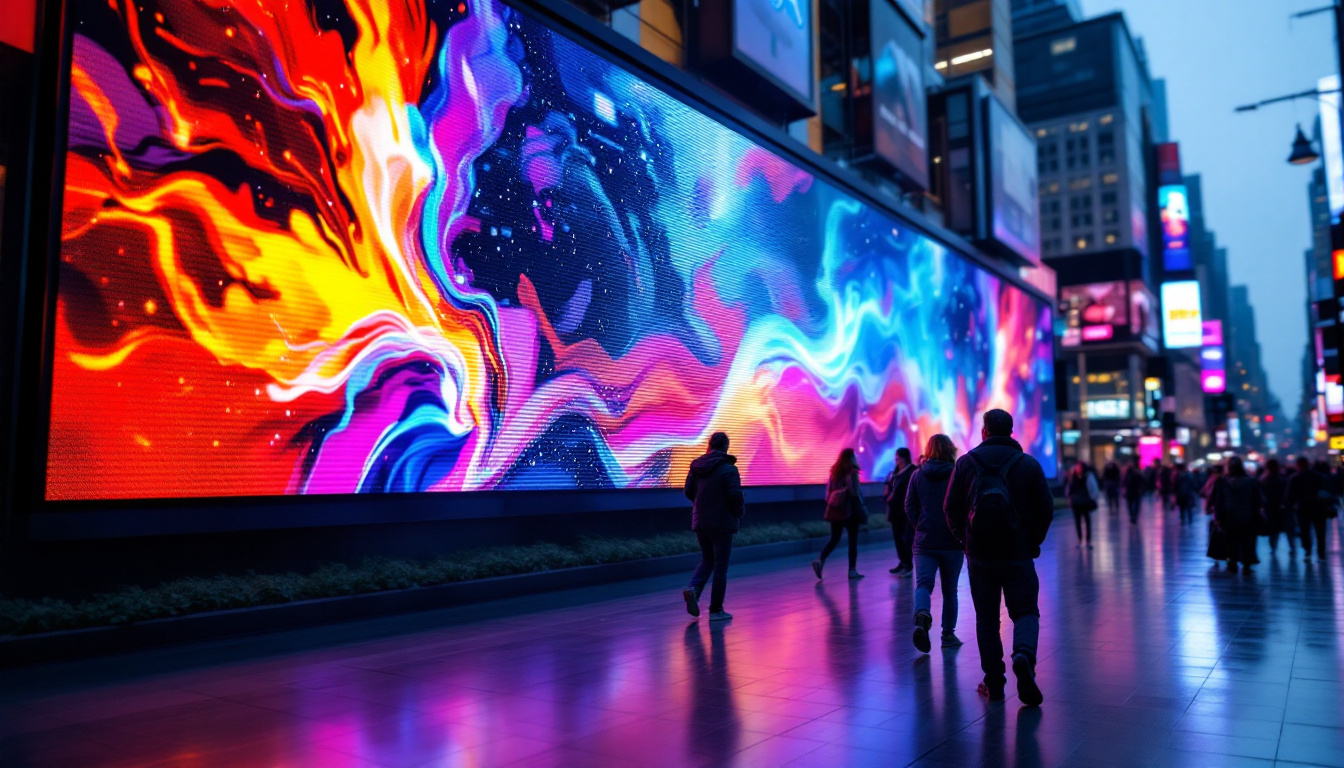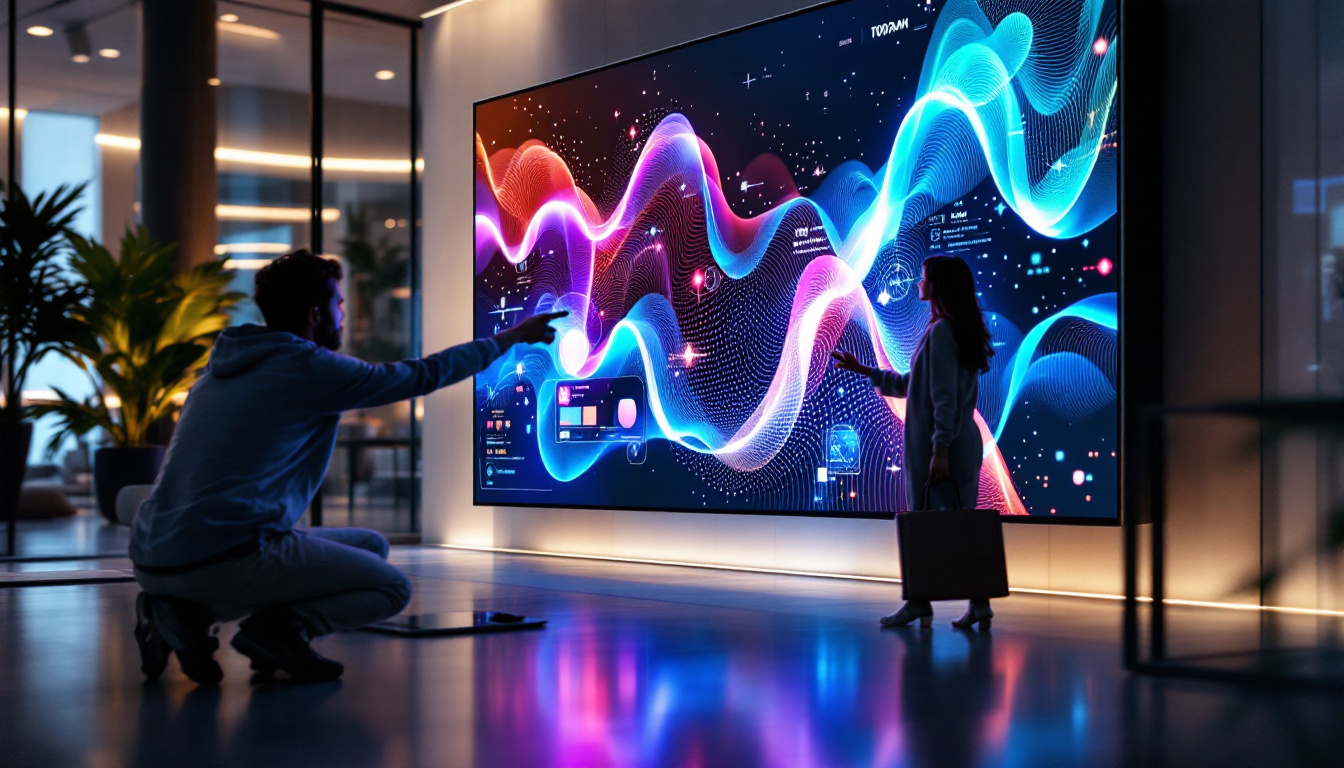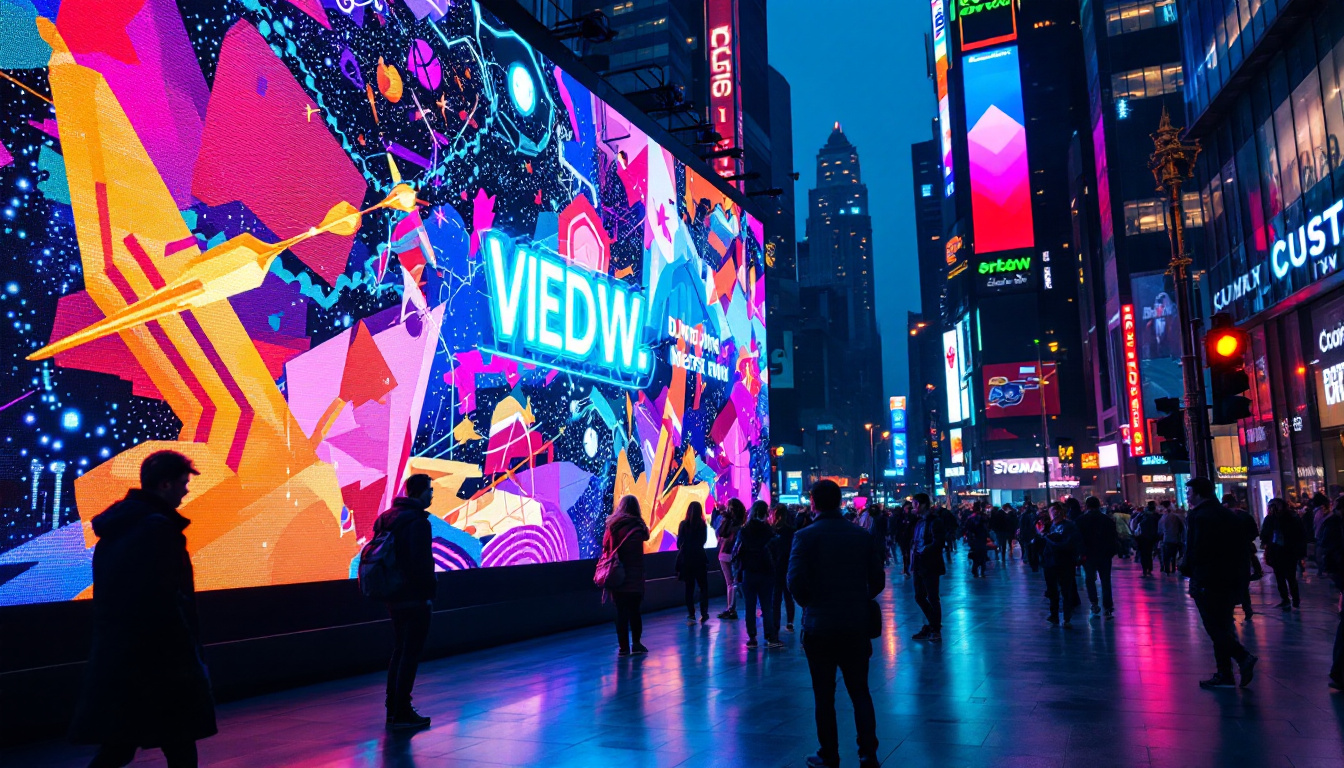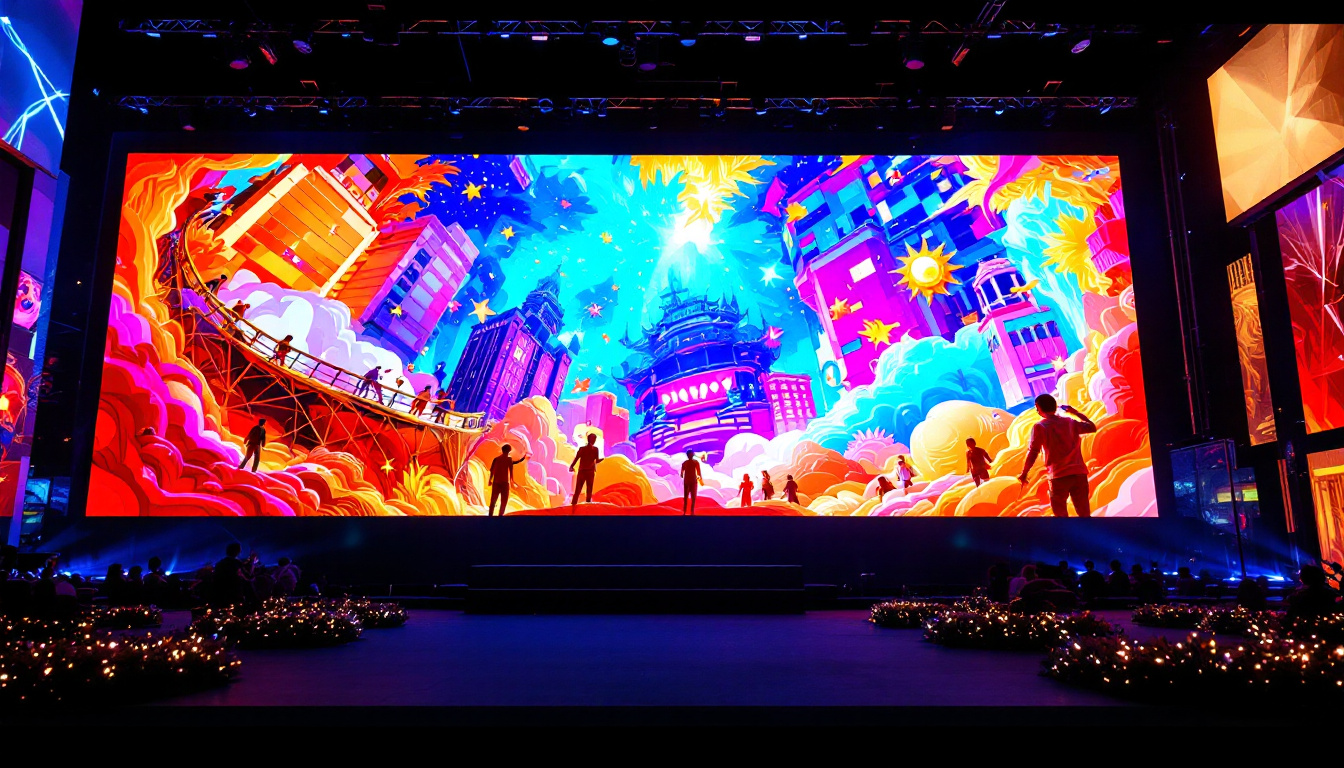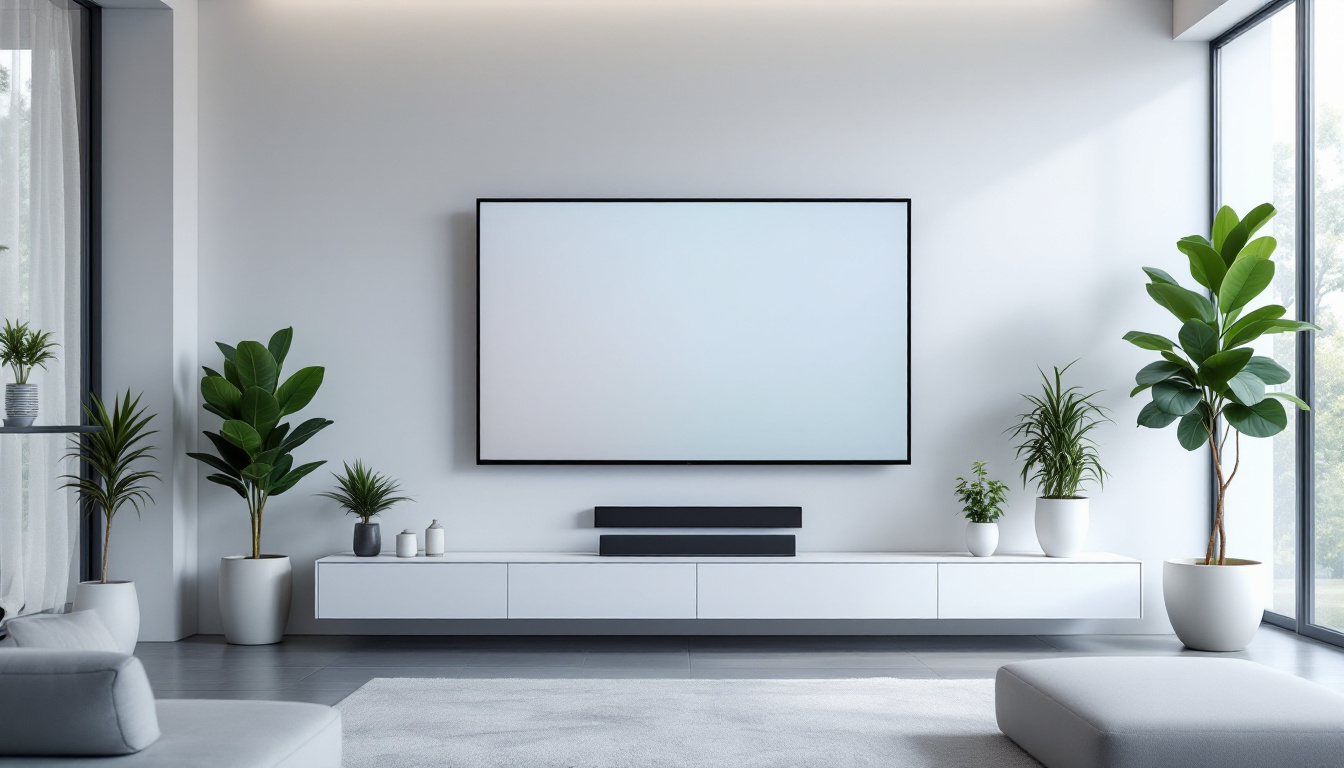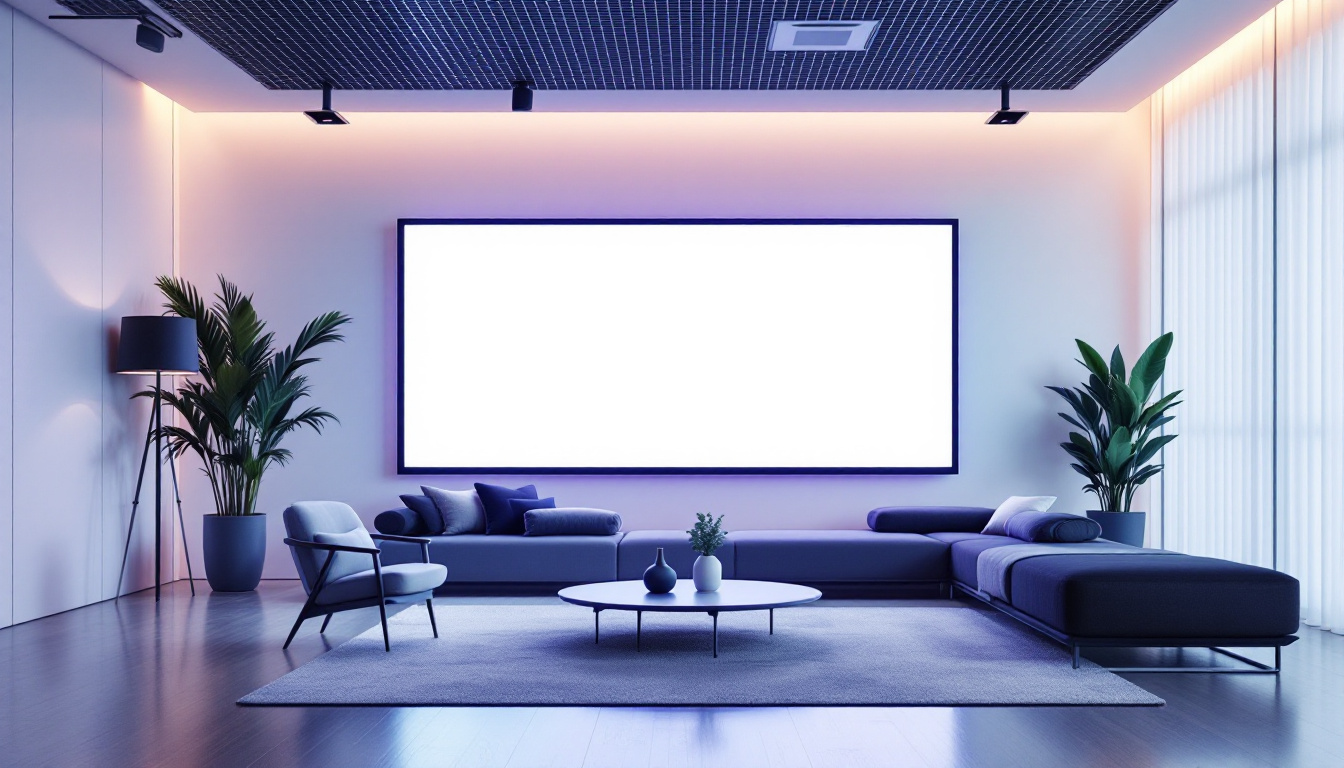Types Of TV Screens: LED Display Explained
In the rapidly evolving world of television technology, understanding the various types of TV screens can be a daunting task. Among the most popular options available today is the LED display, which has transformed the way viewers experience their favorite shows and movies. This article will delve into the intricacies of LED displays, exploring their features, advantages, and how they compare to other types of screens.
What is an LED Display?
LED stands for Light Emitting Diode, a technology that has revolutionized the way images are displayed on screens. An LED display utilizes a grid of tiny diodes that emit light when an electric current passes through them. This technology allows for brighter images, deeper blacks, and a more vibrant color palette compared to traditional LCD screens. The efficiency of LED displays also contributes to their popularity, as they consume less power while delivering superior performance, making them an environmentally friendly option for consumers and businesses alike.
LED displays can be categorized into two main types: edge-lit and backlit. Edge-lit displays have LEDs positioned around the edges of the screen, while backlit displays have LEDs positioned directly behind the screen. Each type has its unique advantages and drawbacks, which can significantly impact the viewing experience. In addition to these types, there are also variations such as OLED (Organic Light Emitting Diode) displays, which offer even greater contrast and color fidelity by allowing each pixel to emit its own light, thus eliminating the need for a backlight altogether.
Edge-Lit vs. Backlit LED Displays
Edge-lit LED displays are typically thinner and lighter than their backlit counterparts, making them a popular choice for wall-mounted installations. However, they may struggle with uniformity in brightness, leading to potential dark spots or uneven lighting across the screen. This can be particularly noticeable in darker scenes, where the lack of consistent lighting can detract from the overall viewing experience. Additionally, edge-lit displays often have a narrower viewing angle, which means that colors and brightness can shift when viewed from the side.
On the other hand, backlit LED displays tend to offer superior picture quality, as the light is distributed more evenly across the screen. This results in better contrast and color accuracy, making them ideal for home theaters or dedicated viewing spaces. Furthermore, advancements in backlighting technology, such as local dimming, allow for even more precise control over brightness levels in different areas of the screen. This feature enhances the dynamic range of images, allowing for stunning visuals that can bring movies and games to life. As a result, many consumers are opting for backlit displays, especially for applications where image quality is paramount.
Advantages of LED Displays
LED displays come with a plethora of advantages that make them a preferred choice for many consumers. One of the most significant benefits is their energy efficiency. Compared to older technologies like CRT and plasma screens, LED displays consume less power, leading to lower electricity bills and a reduced environmental footprint.
Another notable advantage is their longevity. LED screens are designed to last longer than traditional displays, often exceeding 50,000 hours of use. This durability means that consumers can enjoy their investment for years without the need for frequent replacements.
Enhanced Picture Quality
When it comes to picture quality, LED displays shine brightly. They offer higher brightness levels, which makes them suitable for viewing in well-lit environments. Additionally, the ability to produce a wider color gamut allows for more vivid and lifelike images, enhancing the overall viewing experience.
Furthermore, many LED displays come equipped with advanced technologies such as local dimming, which improves contrast by dimming specific areas of the screen. This feature is particularly beneficial for watching movies or sports, where darker scenes can benefit from deeper blacks.
Comparing LED Displays to Other Technologies
While LED displays are highly regarded, it is essential to compare them with other popular screen technologies, such as OLED and QLED, to understand their unique strengths and weaknesses.
LED vs. OLED Displays
OLED, or Organic Light Emitting Diode, is a technology that offers some distinct advantages over traditional LED displays. Unlike LED screens, which rely on a backlight, OLED displays produce their light through organic compounds. This allows for true blacks, as individual pixels can be turned off completely, resulting in an infinite contrast ratio.
However, OLED displays can be more expensive and may suffer from burn-in issues, where static images can leave a permanent mark on the screen over time. In contrast, LED displays are generally more affordable and do not have this problem, making them a more practical choice for many consumers.
LED vs. QLED Displays
QLED, or Quantum Dot LED, is a technology developed by certain manufacturers to enhance the performance of traditional LED displays. By incorporating quantum dots, QLED displays can achieve higher brightness levels and a broader color spectrum than standard LED screens.
While QLED displays offer impressive picture quality, they still rely on a backlight, meaning they cannot achieve the same level of black as OLED displays. For consumers who prioritize brightness and vibrant colors, QLED may be the ideal choice, but for those who prefer deeper blacks and better contrast, OLED remains unmatched.
Choosing the Right LED Display for Your Needs
When considering an LED display, it is crucial to assess individual needs and preferences. Factors such as screen size, resolution, and intended use can significantly influence the decision-making process.
Screen Size and Resolution
Screen size is one of the most critical factors to consider when purchasing a TV. Larger screens can create a more immersive viewing experience, especially for movies and sports. However, it is essential to ensure that the screen size is appropriate for the room’s dimensions to avoid overwhelming the space.
Resolution also plays a vital role in picture quality. The most common resolutions available today are Full HD (1080p), 4K (2160p), and 8K (4320p). While 4K has become the standard for most new TVs, 8K is gaining traction, offering even more detail for those who want the best possible image quality.
Intended Use and Features
Understanding how the TV will be used can also guide the decision. For example, those who enjoy gaming may want to look for displays with low input lag and high refresh rates. Conversely, individuals who primarily watch movies may prioritize features like HDR (High Dynamic Range) for enhanced color and contrast.
Additionally, smart TV capabilities have become a standard feature in many LED displays. These allow for streaming services, apps, and internet connectivity, making it easier to access content without the need for additional devices.
Maintenance and Care for LED Displays
To ensure the longevity of an LED display, proper maintenance and care are essential. Simple practices can help keep the screen in optimal condition and enhance the viewing experience.
Cleaning the Screen
Regular cleaning of the screen is vital to remove dust and fingerprints that can affect picture quality. It is recommended to use a soft, lint-free cloth and a gentle cleaning solution specifically designed for electronics. Avoid using harsh chemicals or abrasive materials, as these can damage the screen.
Additionally, it is advisable to turn off the TV before cleaning to prevent any potential damage from static electricity. Following these simple steps can help maintain the clarity and brightness of the display over time.
Optimal Placement and Environment
Where the TV is placed can also impact its performance. Ideally, LED displays should be positioned away from direct sunlight to minimize glare and reflections. Using curtains or blinds can help control the lighting in the room, creating a more enjoyable viewing experience.
Furthermore, ensuring proper ventilation around the TV can prevent overheating, which can lead to performance issues. Keeping the display in a well-ventilated area can help maintain its functionality and extend its lifespan.
The Future of LED Display Technology
As technology continues to advance, the future of LED displays looks promising. Innovations are being made to enhance picture quality, energy efficiency, and overall user experience. Emerging technologies such as MicroLED and MiniLED are already making waves in the industry, offering even better performance than traditional LED displays.
MicroLED Technology
MicroLED technology utilizes microscopic LEDs to create individual pixels, allowing for incredible picture quality with true blacks and vibrant colors. This technology also offers the potential for modular displays, enabling consumers to customize their screen size and shape to fit their specific needs.
As MicroLED technology matures, it could potentially replace both OLED and traditional LED displays, offering a new standard for picture quality and versatility.
MiniLED Technology
MiniLED technology is another exciting development, utilizing smaller LEDs to enhance backlighting in traditional LED displays. This allows for improved local dimming capabilities, resulting in better contrast and color accuracy. MiniLED displays are already being integrated into high-end televisions, providing a glimpse into the future of LED technology.
Conclusion
In conclusion, LED displays have become a cornerstone of modern television technology, offering an array of benefits that cater to diverse viewing preferences. With their energy efficiency, longevity, and superior picture quality, they are an excellent choice for both casual viewers and dedicated cinephiles alike.
As technology continues to evolve, consumers can expect even more advancements in LED display technology, ensuring that the viewing experience remains exceptional for years to come. Whether opting for a standard LED, QLED, or exploring the future with MicroLED and MiniLED, there is no shortage of options for those looking to enhance their home entertainment setup.
Discover the Future of Visual Experience with LumenMatrix
Ready to elevate your viewing experience with the latest in LED display technology? Look no further than LumenMatrix, a pioneer in crafting immersive visual solutions. From the comfort of your home to the vibrancy of outdoor advertising, our extensive range of products, including Indoor and Outdoor LED Wall Displays, Vehicle LED Displays, and more, are designed to captivate and engage. Embrace the future of digital signage and join the revolution in visual communication. Check out LumenMatrix LED Display Solutions today and transform your space with unparalleled clarity and impact.

